Gabions combine the advantages of reinforced concrete and natural stone walls.
Technical data:

Technical data:
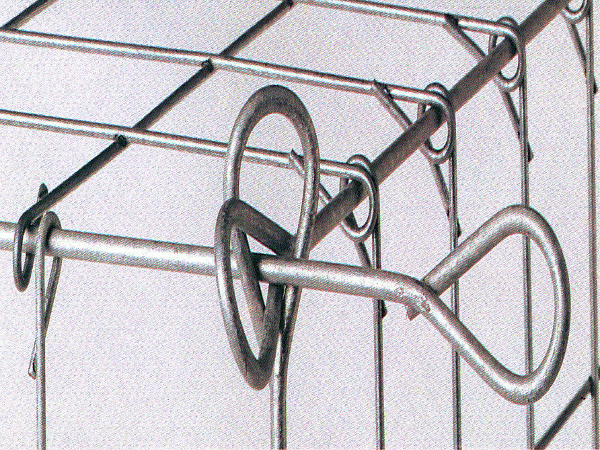

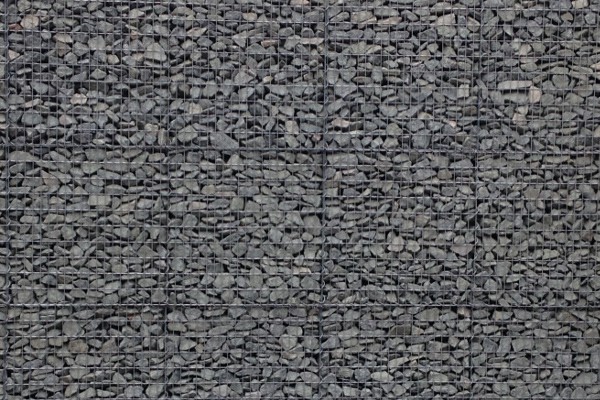
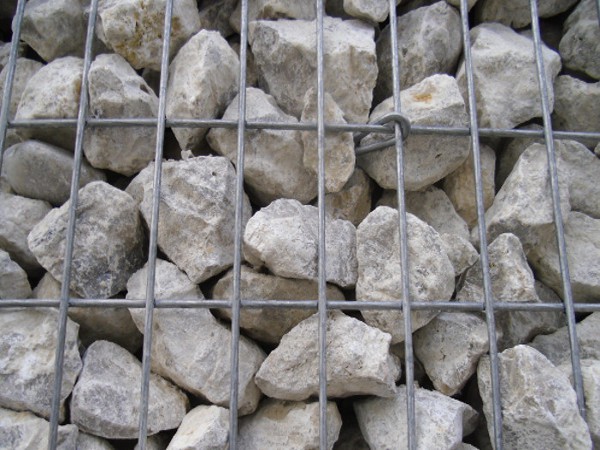

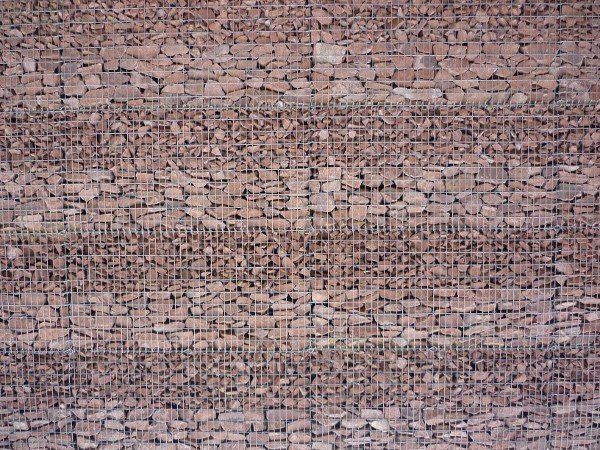
Properties:
Limestone consists mainly of the minerals calcite and aragonite, two crystallisation forms of calcium carbonate. Other minerals occur in more or less varying proportions.
Origin:
Limestone can belong to several types within the sedimentary rocks. However, the majority of limestones are of biogenic origin, i.e. they were formed and deposited by living organisms.
Look:
In most cases limestones have a light, grey to greyish yellow colour. By admixtures of other minerals (for example iron compounds) also stronger, above all red colors occur quite frequently. Bituminous limestones can also be dark grey to black in colour.
Occurrence:
Harz Mountains, Franconian and Swabian Alb, Rhenish Slate Mountains
Technical data:
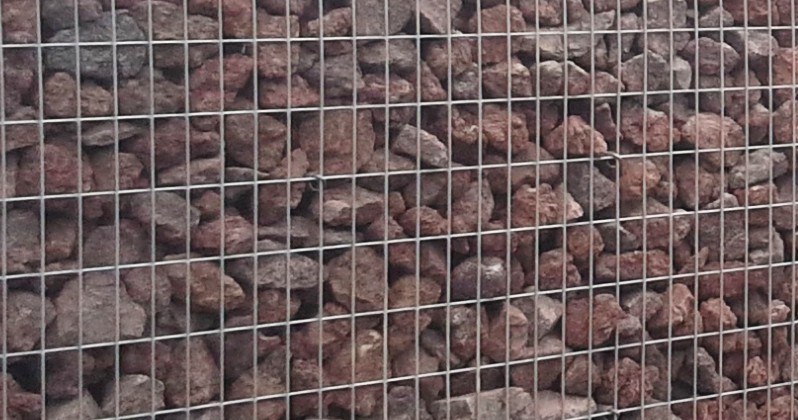
Glass chunks are a noble garden accessory that can be used for any object design.
In contrast to natural stones, exclusive glass chunks can be used to set impressive light accents in private gardens, parks and public gardens. An attractive appearance of the filling material can be achieved by alternating layers of natural stone and glass chunks or by creative patterns in combination with LED lighting. Light gabions can also be optionally combined with water, for example as a fountain with integrated water chute or a small waterfall. In the dark, the light gabions unfold, a fascinating play of light that is difficult to escape. Light gabions are thought through down to the last detail and convince not only with their attractive appearance but also with their high-quality materials.
It is a volcanic ejection product with bubble-shaped pores and a rough surface. The reddish-brown and predominantly glassy solidified dark brown sweat slags are extracted in open-cast mining, whereby the loose slag layers are directly conveyed and solidified patients are dissolved with the aid of explosions. The lava is crushed and classified according to grain size.
Look: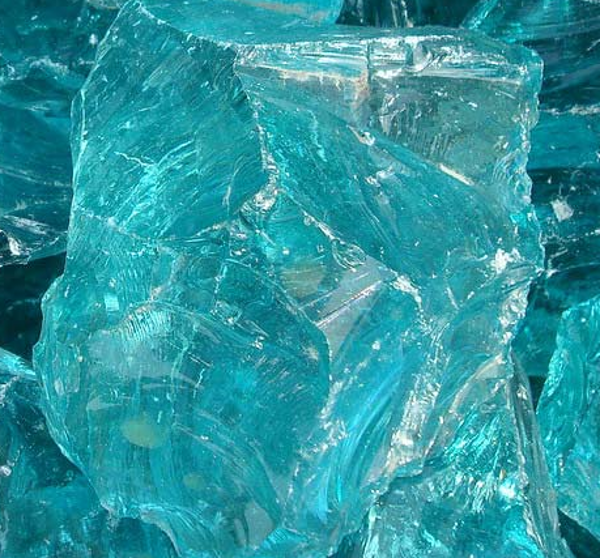
This website uses cookies
In order to optimize our website for you and to be able to continuously improve it, we use cookies. In order to be able to fully use the functions of our website, please consent to their use.
Necessary cookies help make a website usable by enabling basic functions such as page navigation and access to secure areas of the website. The website cannot function properly without these cookies.
| Name | Provider | Info | Expiry |
|---|---|---|---|
| cookieinfo | HS Gabionen | Saves the user settings for the cookies. | 90 Tage |
| cms129-session | HS Gabionen | Unique ID that identifies the user's session. | Session |
Preference cookies enable a website to remember information that affects the way a website behaves or looks, such as: B. Your preferred language or the region you are in.
| Name | Provider | Info | Expiry |
|---|---|---|---|
| cms129-language | HS Gabionen | Saves the language version of a website selected by the user. | 90 Tage |
Statistics cookies help website owners understand how visitors interact with websites by collecting and reporting information anonymously.
| Name | Provider | Info | Expiry |
|---|---|---|---|
| _ga | Registriert eine eindeutige ID, die verwendet wird, um statistische Daten dazu, wie der Besucher die Website nutzt, zu generieren. | 2 Jahre | |
| _ga_* | Enthält eine zufallsgenerierte User-ID. Anhand dieser ID kann Google Analytics wiederkehrende User auf dieser Website wiedererkennen und die Daten von früheren Besuchen zusammenführen. | 2 Jahre | |
| _gat | Wird von Google Analytics verwendet, um die Anforderungsrate einzuschränken | 1 Tag | |
| _gat_* | Wird von Google Analytics verwendet, um die Anforderungsrate einzuschränken | 2 Jahre | |
| _gid | Registriert eine eindeutige ID, die verwendet wird, um statistische Daten dazu, wie der Besucher die Website nutzt, zu generieren. | 1 Tag |
Marketing cookies are used to follow visitors on websites. The intent is to show ads that are relevant and engaging to the individual user and therefore more valuable to publishers and third party advertisers.
| Name | Provider | Info | Expiry |
|---|---|---|---|
| IDE | Verwendet von Google DoubleClick, um die Handlungen des Benutzers auf der Webseite nach der Anzeige oder dem Klicken auf eine der Anzeigen des Anbieters zu registrieren und zu melden, mit dem Zweck der Messung der Wirksamkeit einer Werbung und der Anzeige zielgerichteter Werbung für den Benutzer. | 1 Jahr | |
| test_cookie | Verwendet, um zu überprüfen, ob der Browser des Benutzers Cookies unterstützt. | 1 Tag | |
| ads/ga-audiences | Used by Google AdWords to re-engage visitors that are likely to convert to customers based on the visitor's online behaviour across websites. | Session | |
| NID | Registriert eine eindeutige ID, die das Gerät eines wiederkehrenden Benutzers identifiziert. Die ID wird für gezielte Werbung genutzt. | 1 Jahr | |
| Maps* | Eingebettete Karten / Google Maps | ||
| VISITOR_INFO1_LIVE | YouTube | Versucht, die Benutzerbandbreite auf Seiten mit integrierten YouTube-Videos zu schätzen. | 179 Tage |
| YSC | YouTube | Registriert eine eindeutige ID, um Statistiken der Videos von YouTube, die der Benutzer gesehen hat, zu behalten. | Session |
| yt-remote-device-id | YouTube | Speichert die Benutzereinstellungen beim Abruf eines auf anderen Webseiten integrierten Youtube-Videos | Persistent |
| yt-remote-session-app | YouTube | Speichert die Benutzereinstellungen beim Abruf eines auf anderen Webseiten integrierten Youtube-Videos | Session |
| yt-remote-session-name | YouTube | Speichert die Benutzereinstellungen beim Abruf eines auf anderen Webseiten integrierten Youtube-Videos | Session |
Cookies are small text files that are used by websites to make the user experience more efficient.
According to the law, we can store cookies on your device if they are absolutely necessary for the operation of this site. We need your permission for all other types of cookies.
This site uses different types of cookies. Some cookies are placed by third parties that appear on our pages.
You can change or withdraw your consent from the cookie declaration on our website at any time.
Find out more about who we are, how you can contact us and how we process personal data in our privacy policy.
Please include your consent ID and date when contacting us regarding your consent.